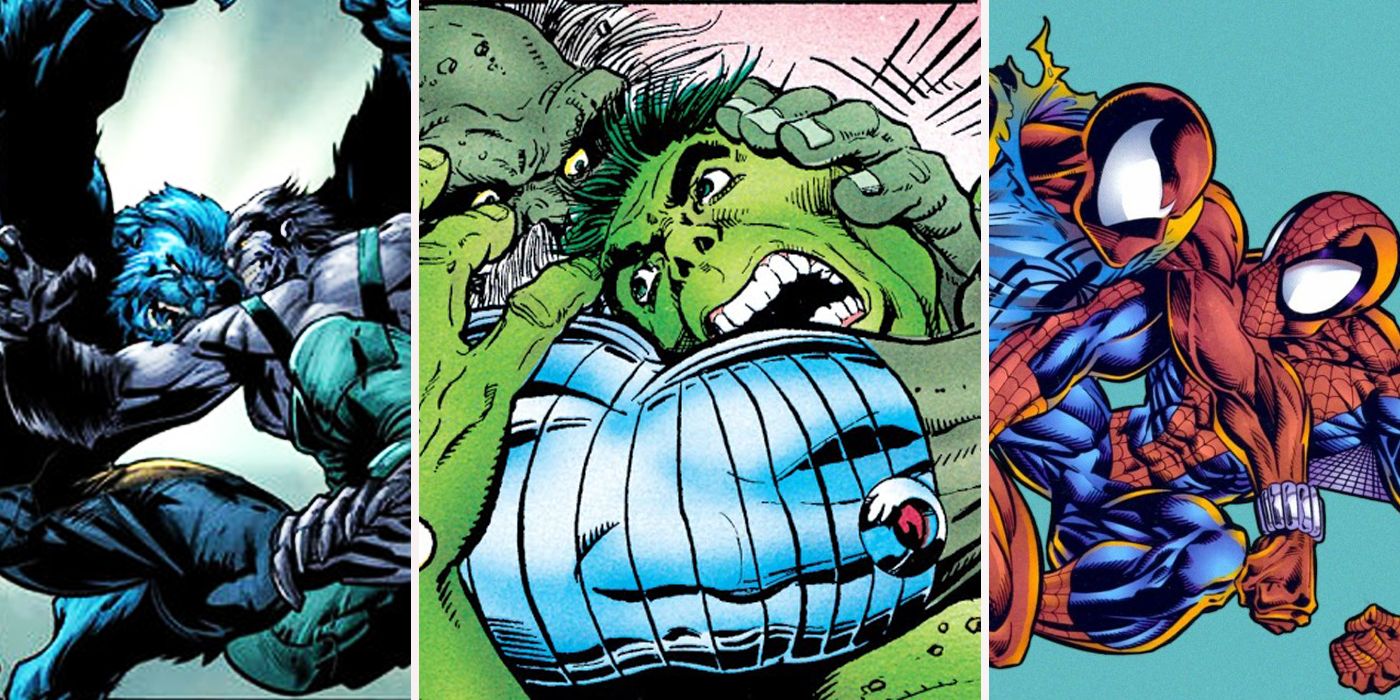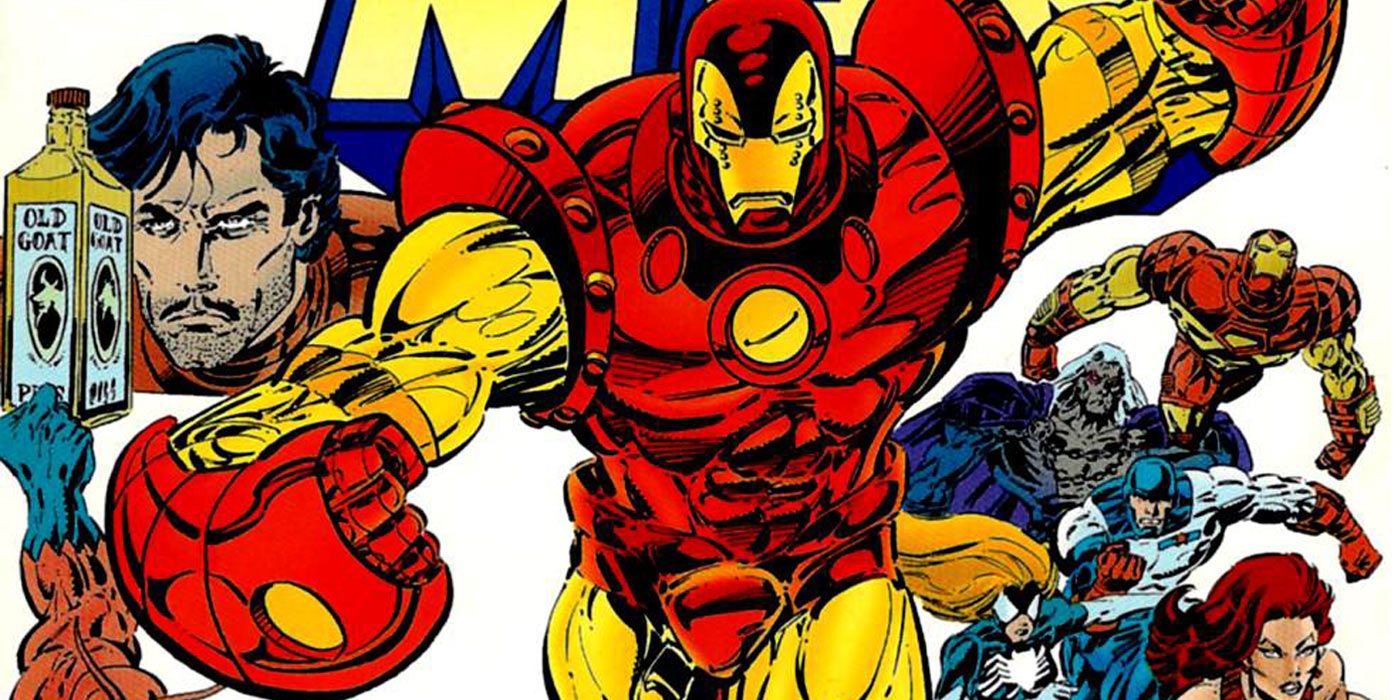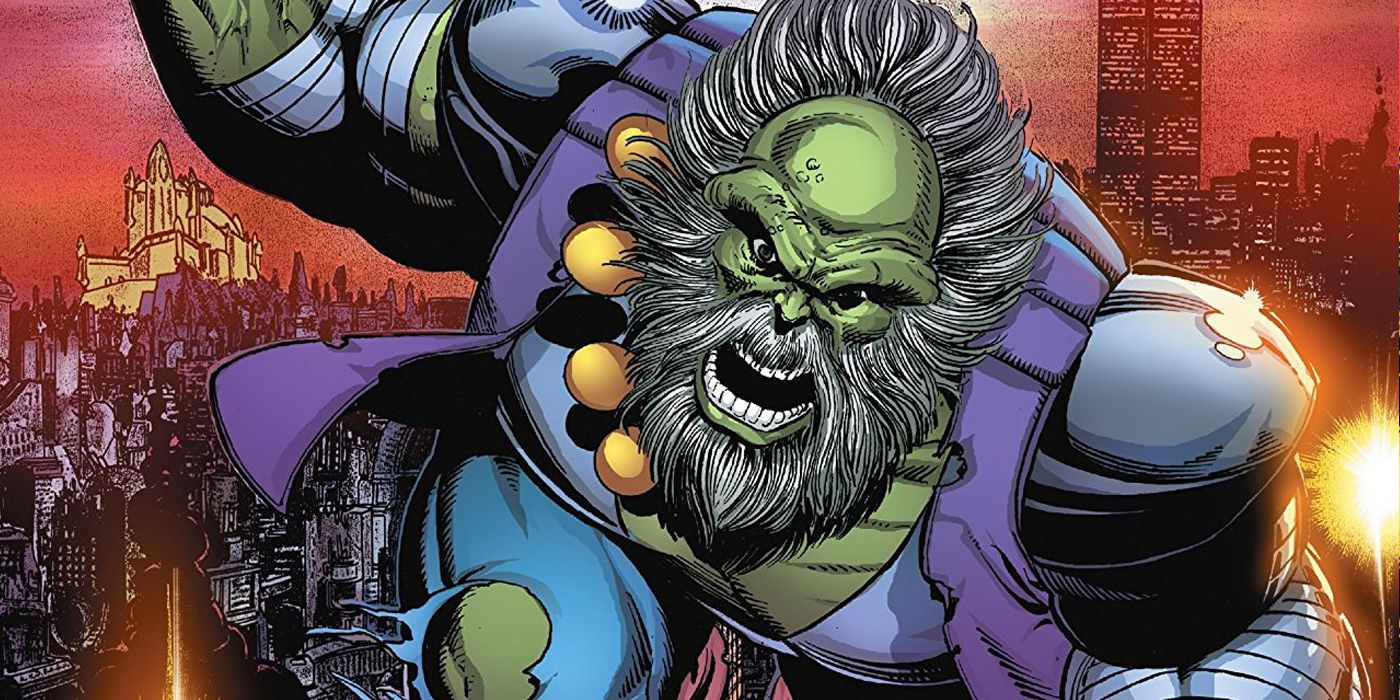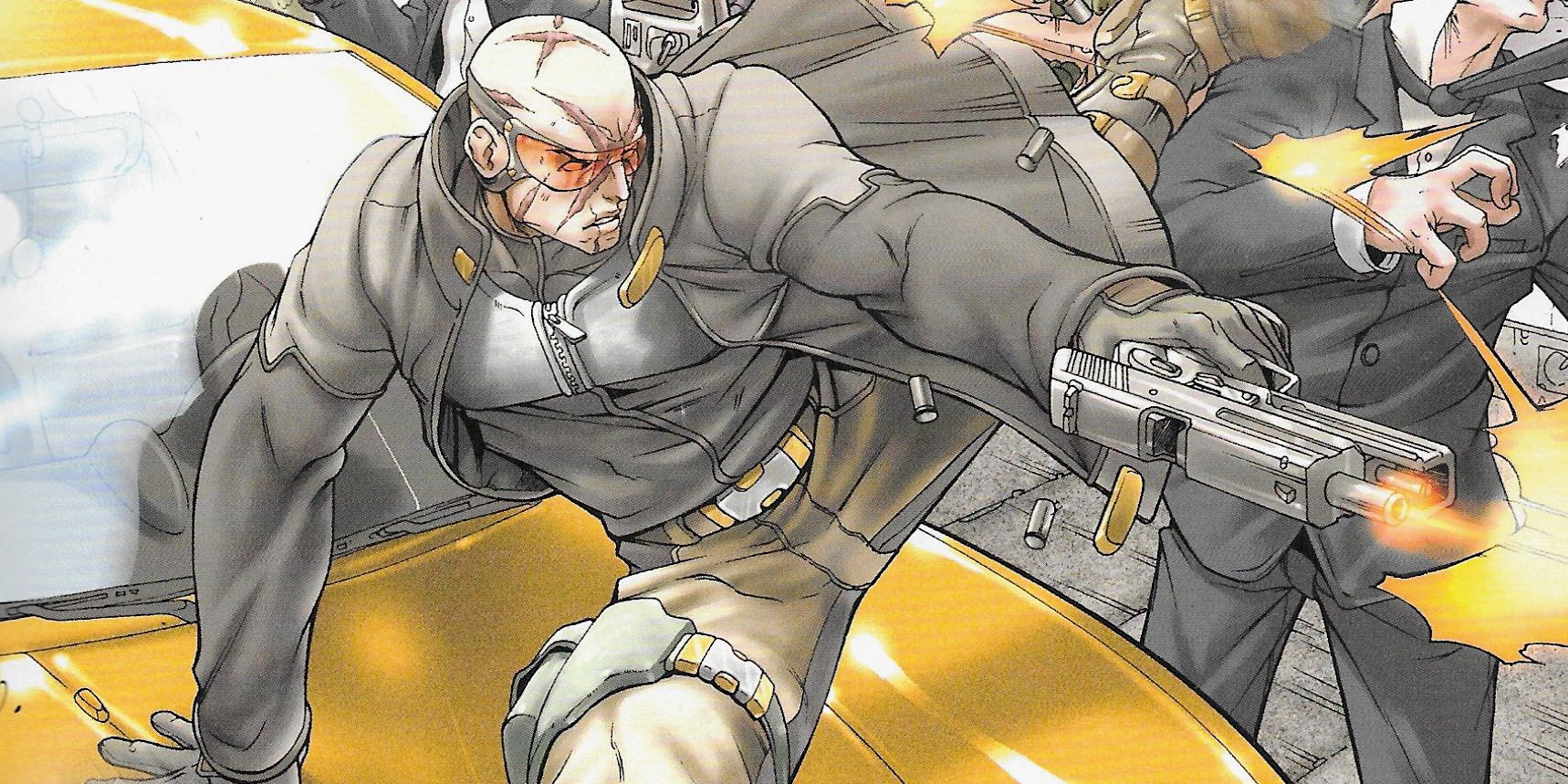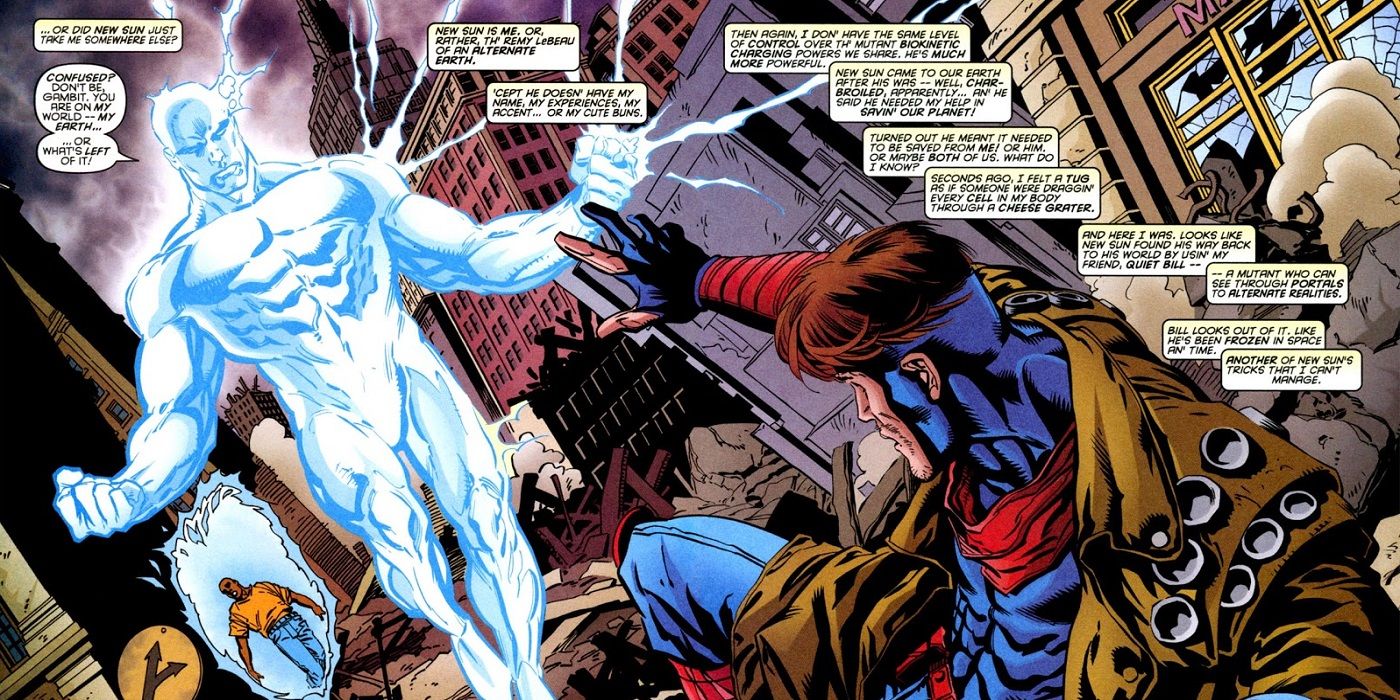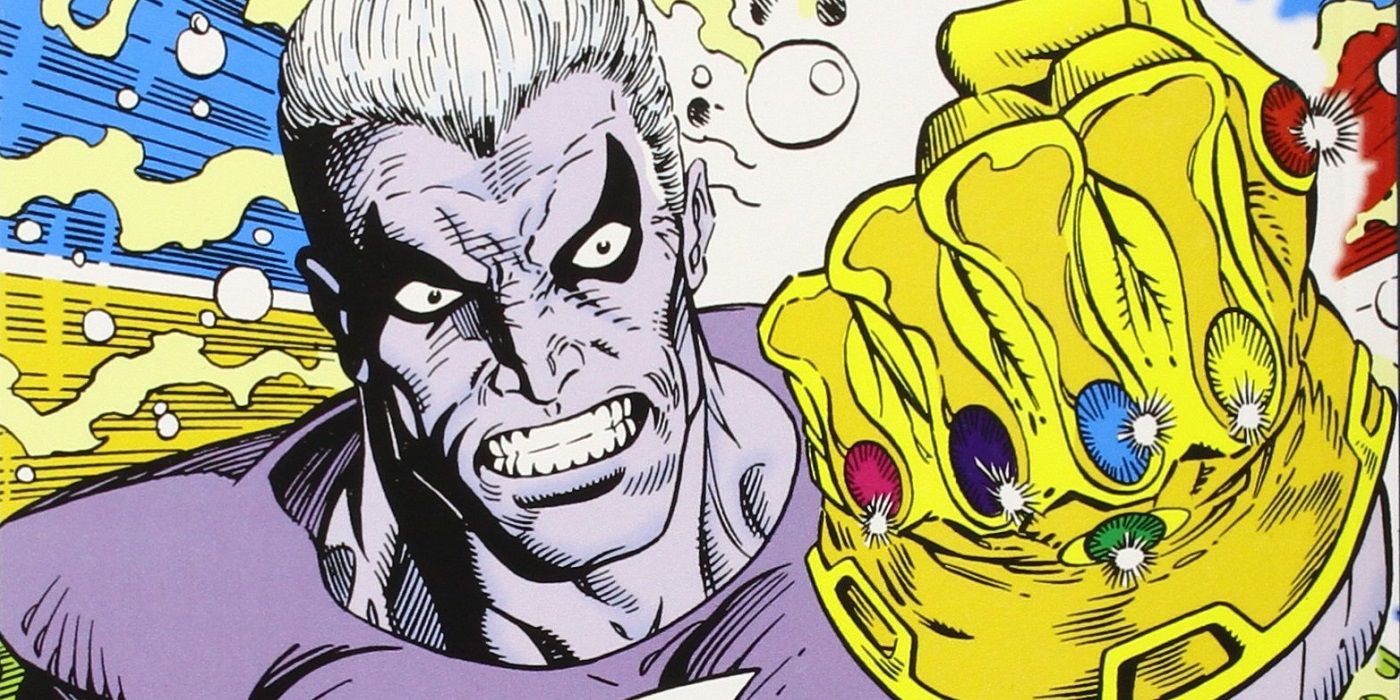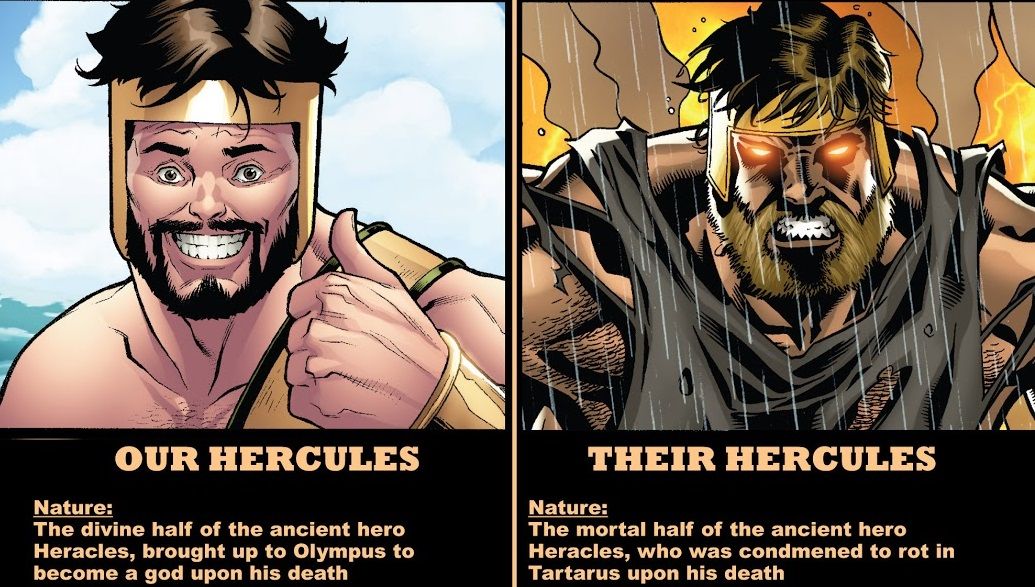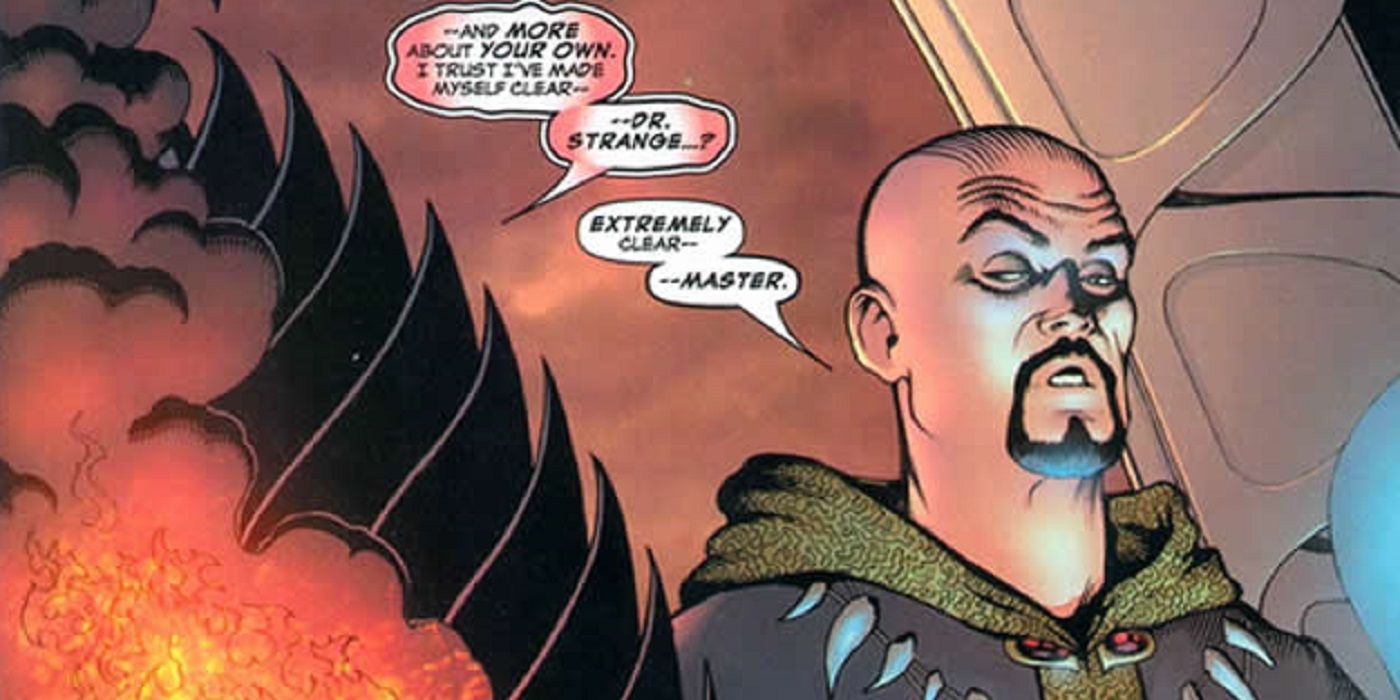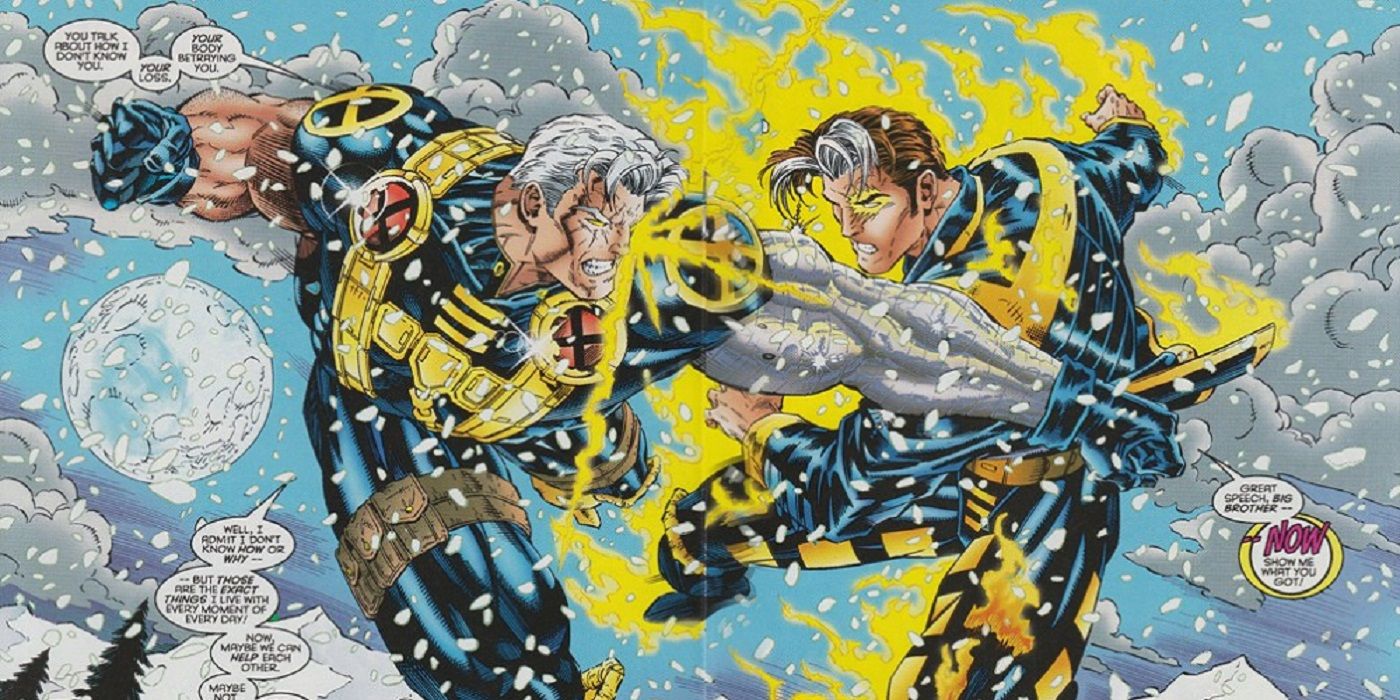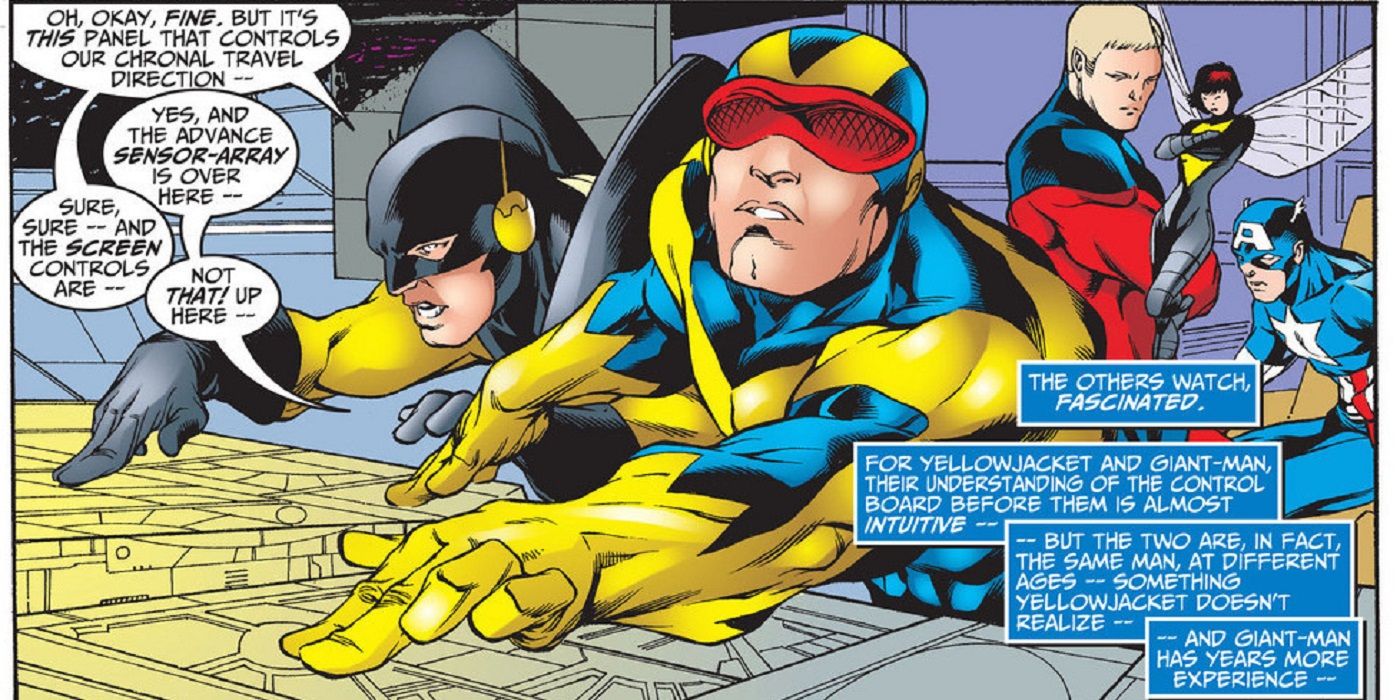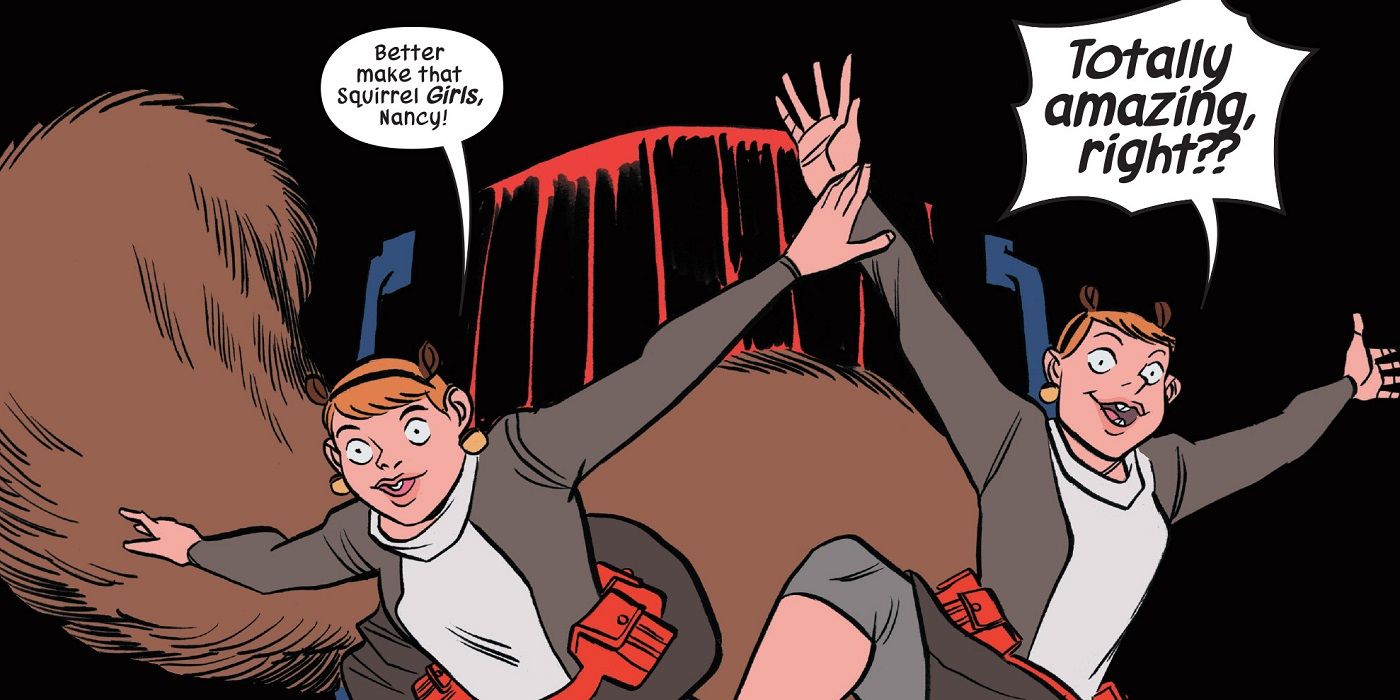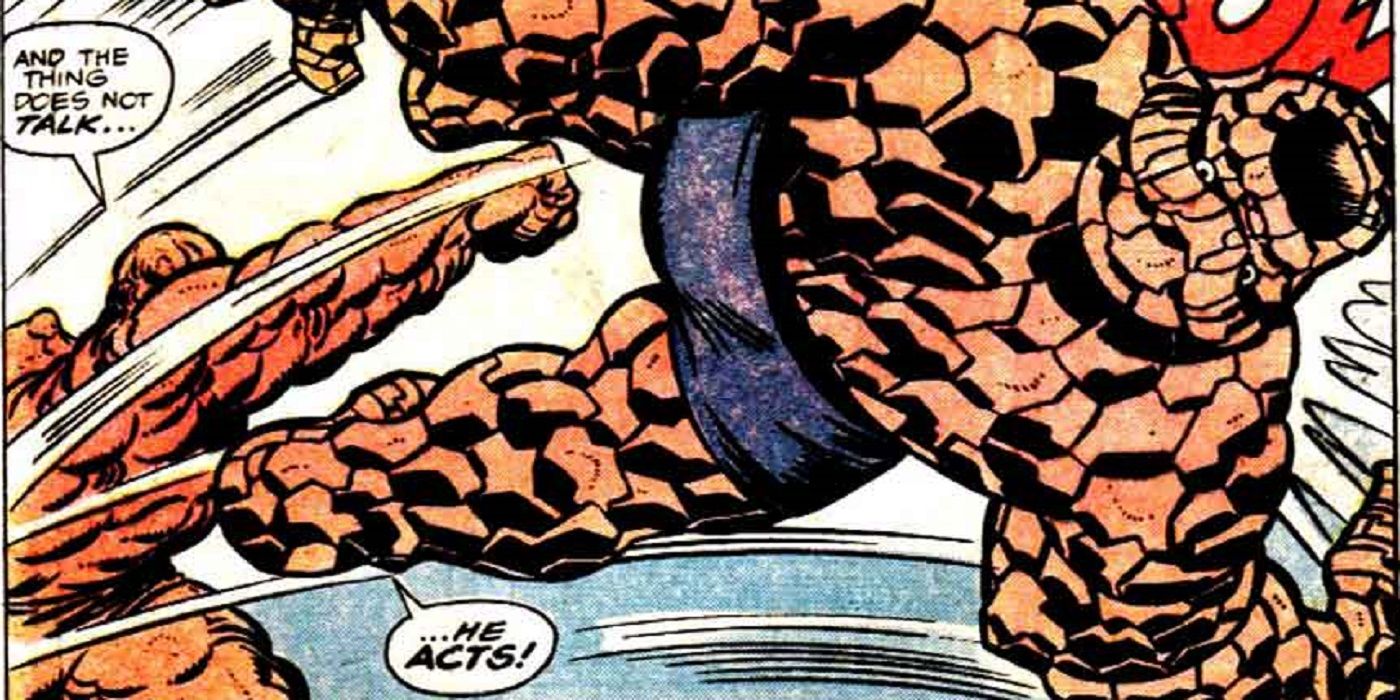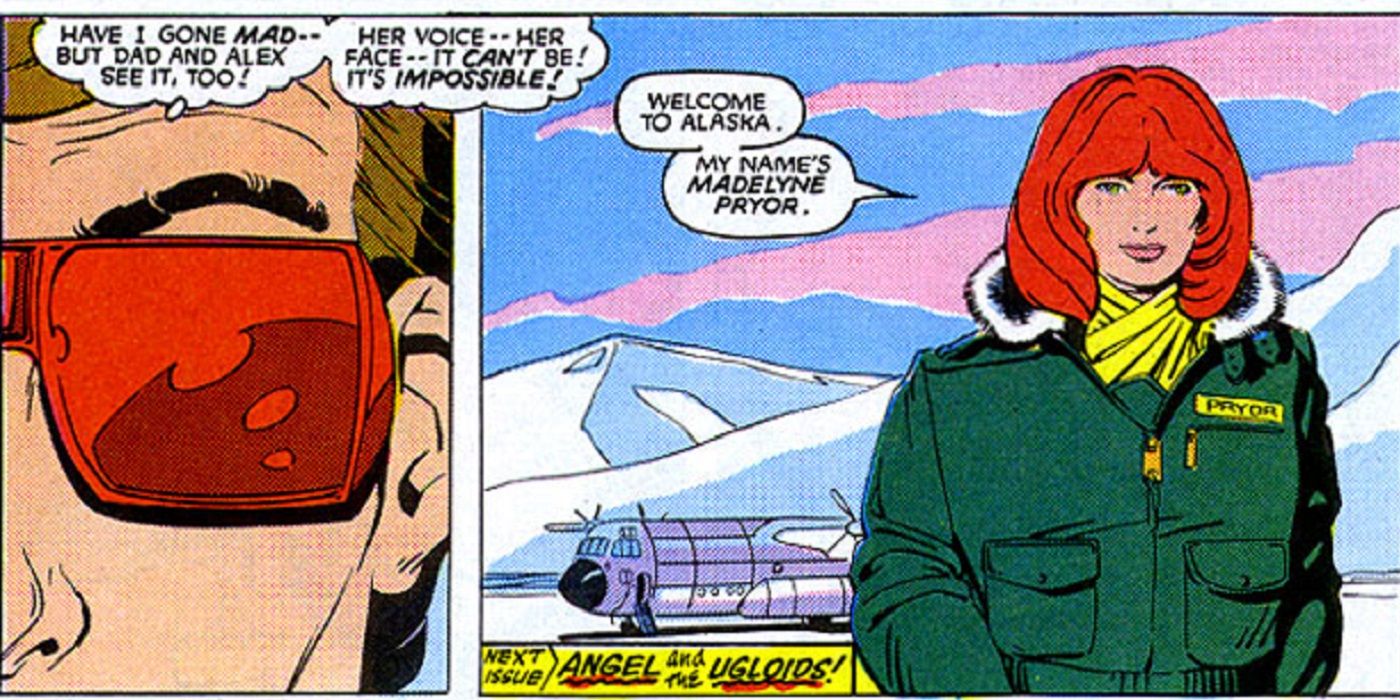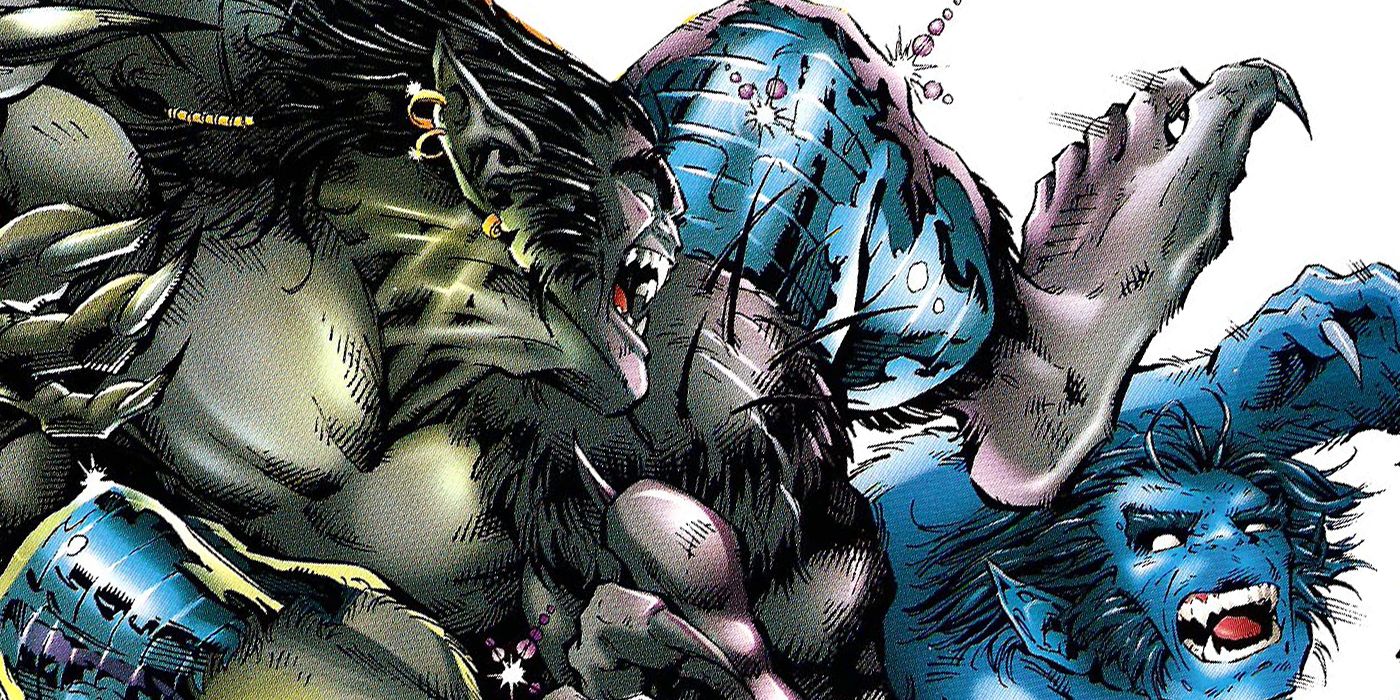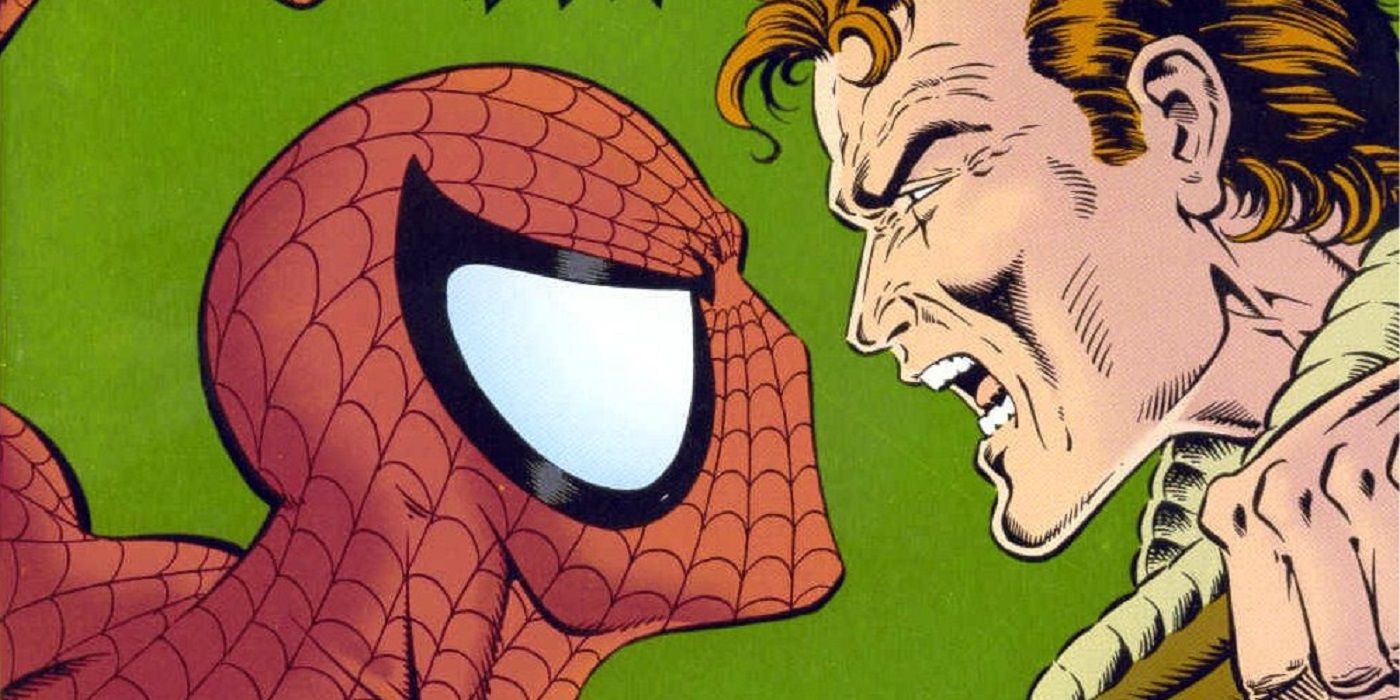There are certain tropes in superhero comics that pop up time and time again. The superhero misunderstanding, with a fight leading to a team-up against a common foe, is a popular one. The hero fighting an inner struggle, drawing on reserves of inner strength in order to save the day, is also common. But another angle that's beloved by both fans and creators is that of of heroes coming face to face with their greatest foe: themselves. To quote the great Walt Kelly: "We have met the enemy and he is us."
RELATED: In League With Treason: 15 Superheroes Who Betrayed The Justice League
It's a simple yet seductive concept. Often, good villains are like a twisted reflection of their heroic foes; the notion of the "evil twin" takes this one step further. In such a situation, the hero comes face to face with a version of them that may challenge everything they believe in, forcing them to evaluate what they stand for. Of equal importance is the fact that such encounters often lead to slam-bang action in the mighty Marvel manner. The notion of the evil twin was at the heart of the 1992 crossover, The Infinity War, with Marvel's heroes forced to fight twisted versions of themselves. Forget Spider-Man 2009; Dark Speedball truly was the greatest character of 1992. To celebrate this comics tradition, we've collected together 15 of the greatest examples of self-harm in Marvel's long history.
15 TONY STARK/TEEN TONY STARK
The '90s were a strange time in comics. Chromium covers, bare flesh, horrible costumes -- truly this decade had it all. By the mid '90s, Marvel was increasingly affected by internal strife and reorganizations, resulting in a number of attempts to increase sales. One of the most notable was when Marvel -- looking enviously at the sales generated by DC's replacement of Superman and Batman -- decided to replace Tony Stark. After all, he was old and had a mustache -- what kid would want to read about him?
This goal resulted in "Avengers: The Crossing," one of the most derided crossovers of all time. In it, the adult Tony Stark is revealed to be a sleeper agent for Kang the Conqueror, causing the Avengers to bring a younger Tony Stark to the future to combat him. In the end, adult Tony sacrificed himself to stop Kang, with teen Tony taking his place as Iron Man.
14 HULK/MAESTRO
It's well-known that the Hulk is the strongest one that there is. So what could be stronger than the Hulk? Only an older, sneakier and altogether crueler version of the green-skinned Goliath. This was the concept behind the creation of the Maestro, debuting in the two-part 1992 miniseries Future Imperfect, by Peter David and George Perez. The Maestro was a future version of the Hulk who, having survived nuclear war and the death of the "Heroic age," ruled over the remnants of society with an iron fist.
Rebels brought the modern-day Hulk forward in time to fight his future incarnation, resulting in much punching. A great character, the immense popularity of the Maestro has seen him brought back on several occasions, most recently within the pages of Old Man Logan. Like all the best evil reflections of heroes, he's a terrifying reminder to the Hulk of what could be.
13 DEADPOOL/AGENT X
In the days before Deadpool was a movie star and all round pop-culture sensation, he was merely a fan-favorite character who starred in a well-received but low selling solo title. His title had faced cancellation on numerous occasions before Gail Simone was brought on as writer with Deadpool #65. Her brilliant five-issue run brought the series to a close, seemingly resulting in Deadpool's death, and laid the groundwork for the continuation of Simone's story in a new series called Agent X.
Alex Hayden, the title character of Agent X, was an amnesiac who was initially believed to be Deadpool due to his healing factor, skill and demeanor. It was eventually revealed that Alex was actually Nijo Minamiyori, an assassin whose personal traits had been mixed with Deadpool's after an accident. Since the reversal of this swap, Deadpool and Agent X have both fought and worked together. On one memorable occasion, Wade used Agent X's intestines to spell out "Hi, Weasel."
12 GAMBIT/NEW SON
Everyone's favorite Cajun X-Man received his first solo series in 1999, from the creative team of Fabian Nicieza and Steve Skroce. One of the long-running subplots to the series was that Remy was carrying out jobs for a mysterious benefactor called New Son. Readers -- and Gambit himself -- knew little about New Son, only that he appeared to have tremendous resources at his disposal and a mysterious plan that involved Remy stealing mind-controlling gas and the Muir Island mutant database, among other things.
The eventual reveal of New Son's identity disclosed that he was a Remy Lebeau from an alternate world, who had accidentally destroyed all life on his planet. This version of Gambit had a greatly enhanced powerset, but that wasn't enough for him to succeed in his plans. The two fought on New Son's ruined world, with a newly powered-up Gambit eventually winning the fight.
11 ADAM WARLOCK/MAGUS
Adam Warlock's journey over the years has been a fascinating one. From a low-key origin in the '60s as an artificial perfect human, he was reinvented in the '70s as a messiah-type figure. Warlock gained possession of the Soul Gem and then new success under the guidance of Jim Starlin. Starlin's run saw Warlock encounter the Universal Church of Truth, an intergalactic religious organization led by the Magus.
When Warlock found out the true identity of the Magus, that's when things got really trippy. It transpired that the Magus had a rather personal connection to Warlock: he was an older, insane version of Adam who had traveled back in time after being driven insane by use of the Soul Gem. As a character, Starlin's Warlock was constantly battling inner demons, and the threat of becoming the Magus was a perfect embodiment of this theme.
10 HERCULES/HERC'S HUMAN SHADE
Hercules has long been portrayed as his own worst enemy. His stubbornness and hot temper have frequently caused him problems, while his rather "carefree" attitude to superheroics has also landed him in hot water. Case in point: She Hulk #9, where the Constrictor sued Herc for damages after he pounded him into the pavement (adding insult to injury by immortalizing the moment in a drinking song).
In Incredible Hercules #131, readers were treated to a literal manifestation of this struggle. On a trip to Hades, Hercules was confronted with the very dead and very peeved off human side of him, who proceeded to beat Herc silly. You see, when Hercules originally died, back in ancient times, Zeus raised his son's Godly soul up to Olympus. Herc's human side was left to stew in Hades for thousands of years, ensuring that when his Godly side came waltzing in, it wasn't the happiest of reunions.
9 DR STRANGE/"MIRROR UNIVERSE" DR STRANGE
In 1967 the crew of the U.S.S. Enterprise found themselves transported to a parallel universe where good and bad were reversed and *gasp* Spock had a beard. The title of this episode, "Mirror, Mirror," lent its name to the trope of the mirror universe, where familiar concepts are reversed. Good is evil, dogs are cats, that sort of thing. Stemming from Spock's portrayal, a familiar shorthand for showing that a character is now evil is to give them facial hair.
When Dr Strange was cast into one such universe in the 2005 Defenders miniseries, there was only one problem -- Doc already had facial hair. The solution that Keith Giffen, J M DeMatteis and Kevin Maguire came up with? They made the evil Doc bald. This Dr Strange was a willing servant of Dormammu, rejoicing in the suffering of others, but was ultimately no match for "our" Stephen Strange.
8 CABLE/X-MAN
Hoo boy, this one gets complicated. Cable originally debuted in 1990 as the heavily armed, mysterious leader of the New Mutants. After some years, he finally received an official origin: he was the infant son of Scott Summers and Madelyne Pryor, a clone of Jean Grey. He had been infected with a techno-organic virus and sent to the future for it to be cured, returning as a man who was now older than his Dad, Cyclops.
Nate Grey, the mutant known as X-Man, has a similarly confusing origin. Debuting in the 1994 "Age of Apocalypse" event, he was created from the DNA of Scott Summers and Jean Grey through the machinations of Mister Sinister. When Nate Grey ended up in the regular Marvel universe, the first meeting between him and Cable did not go well, with Nate lashing out at a world that he struggled to find a place in.
7 HANK PYM/YELLOWJACKET
Hank Pym originally assumed the identity of Yellowjacket in Avengers #59 after accidentally inhaling dangerous chemicals. Yellowjacket actually told the shocked Avengers that he had killed Hank, believing himself to be a person in his own right. This plot element was used to tremendous effect in the Kurt Busiek/Carlos Pacheo miniseries, Avengers Forever. In it, Avengers were gathered from throughout the timestream, including a Hank Pym from the modern era (in his Giant Man persona) and Yellowjacket from the period where he believed himself to be his own man.
The interaction between the two warring Hanks is a joy to behold, with the Wasp finding herself stuck in the middle. Yellowjacket's eventual discovery of his own future also creates a source of tension, due to his fear of turning back into a man that he despises. The series is generally regarded as one of the greatest Avengers epics, and the Yellowjacket/Pym dynamic is a key part of that.
6 SQUIRREL GIRL/JERKY SQUIRREL GIRL
As the hero known as Squirrel Girl, Doreen Green is one of the nicest, most helpful and plain sweetest characters in the Marvel universe. Delivering advice and life-lessons as often as beat-downs, she's a force for good in a mixed-up world. In the 2016 graphic novel, Squirrel Girl Beats Up The Marvel Universe, a new Squirrel Girl debuted. An accident with a cloning machine created a second Squirrel Girl -- Allene. Unfortunately, it wasn't long before Allene went nuts.
Her intentions many have been good, including setting up the Avengers Squirrel Initiative. Unfortunately, Allene believed that squirrels were, well, just plain better than humans. In no time at all, she had defeated all the Earth's heroes and villains, while her squirrels had destroyed power stations and disposed of ammunition. And while Squirrel Girl may have managed to defeat her "jerky" counterpart, perhaps Allene's ideas weren't so crazy. After all, everyone loves squirrels, right?
5 CAPTAIN AMERICA/THE GRAND DICTATOR
As the defender of the American dream, Steve Rogers has often fought characters that hold a very different vision for America, including one that struck particularly close to home. After the huge success of the Captain America comic in the 1940s waned, the title was brought back in the 1950s for a short run, with Cap turning his attention from Nazis to Communists. When Steve Rogers was revived in 1964 these adventures were written out, with Steve Englehert eventually introducing the retcon that the Cap and Bucky of the 1950s had been William Burnside and Jack Monroe.
Burnside had been so obsessed with Captain America that he had legally changed his name to Steve Rogers, altering his appearance through surgery. Burnside would later be manipulated by Dr Faustus into assuming the identity of the Grand Dictator, leader of the Neo-Nazi group called the National Front, and has clashed with Rogers and Bucky Barnes in recent years.
4 THING VS THING
The Ben Grimm portrayed in the late 1970s had come a long way from his 1961 debut in Fantastic Four #1. While Ben had originally raged at the world, angry and upset over his transformation into the Thing, by the 1970s he was better adjusted. Of course, that didn't mean that he wanted to remain in his rocky form forever. The plot of Marvel Two in one #50 by John Byrne revolved around this concept. In it, Reed Richards invented a cure, theorizing that it would only have worked on Ben's original, less lumpy form.
One trip on Doctor Doom's time machine later and readers were treated to Thing vs Thing! Byrne did a fantastic job of showing the differences between the two Things, both in appearance and personality. The bittersweet ending saw Ben cure his past self, only to find upon his return to the present-day that his actions had merely created a parallel universe.
3 JEAN GREY/MADELYNE PRYOR
When Jean Grey sacrificed herself in the classic Uncanny X-Men #137, by the dream team of Chris Claremont and John Byrne, Cyclops wasn't lonely for long. He found a new partner: a pilot called Madelyne Pryor who he went on to marry and have a son with. There was, however, one tiny detail that made this situation a bit creepy: Madelyne looked exactly like Jean Grey.
The reason why wouldn't become clear for some years, until after Jean had returned from her "death." It transpired that Madelyne was a clone of Jean Grey created by Mister Sinister, as part of his plan to breed a baby Summers. This was actually a retcon made necessary by Jean's return. As a result, poor Madelyne was surplus to requirements. She was subsequently transformed into the Goblin Queen, before dying in battle with the X-Men and X-Factor.
2 BEAST/DARK BEAST
Part of the fun of Marvel's "Age of Apocalypse" event was the chance to see familiar faces in new roles. Scott Summers, the X-Men's heroic leader, was (temporarily) on the side of the baddies. Magneto, the mutant boogyman, was now the leader of the X-Men. And Hank Mccoy, the bouncing blue-eyed Beast, was now a depraved mad scientist. Hank's portrayal in the event was one of the most shocking parts, the character having no ethical boundaries to temper his scientific research.
When the X-books returned to normal, Dark Beast was one of the four survivors who managed to travel to the normal Marvel Universe. After years behind the scenes, he eventually kidnapped Hank, taking his place in the X-Men. In the unsettling X-Men Unlimited #10, Dark Beast carried out his research for this impersonation by interacting with various people from Hank's past, killing them when he had the biographical information he wanted.
1 PETER PARKER/BEN REILLY
Amazing and Spectacular he may be, but that doesn't mean that Peter Parker is unique. Perhaps the most famous Spider-imitator is Ben Reilly, Peter Parker's clone. First introduced in the original clone saga in Amazing Spider-Man #149, Ben was presumed dead for years before returning in 1994. It's fair to say that he and Peter didn't reunite on the best of terms. Ben resented Peter for having the normal life he desired, while an increasingly paranoid Peter saw Ben only as another threat.
By the time of Ben's death in Spider-Man #75, the two had grown closer, although Marvel's desire to sweep the clone saga under the carpet meant that Peter devoted little thought to Ben in the subsequent years. Ben's recent return in "The Clone Conspiracy" story arc added another layer to their complex relationship and it will be fascinating to see where the two go from here.
Think we missed something? As always, let us know your thoughts, either in the comments or on Facebook!

